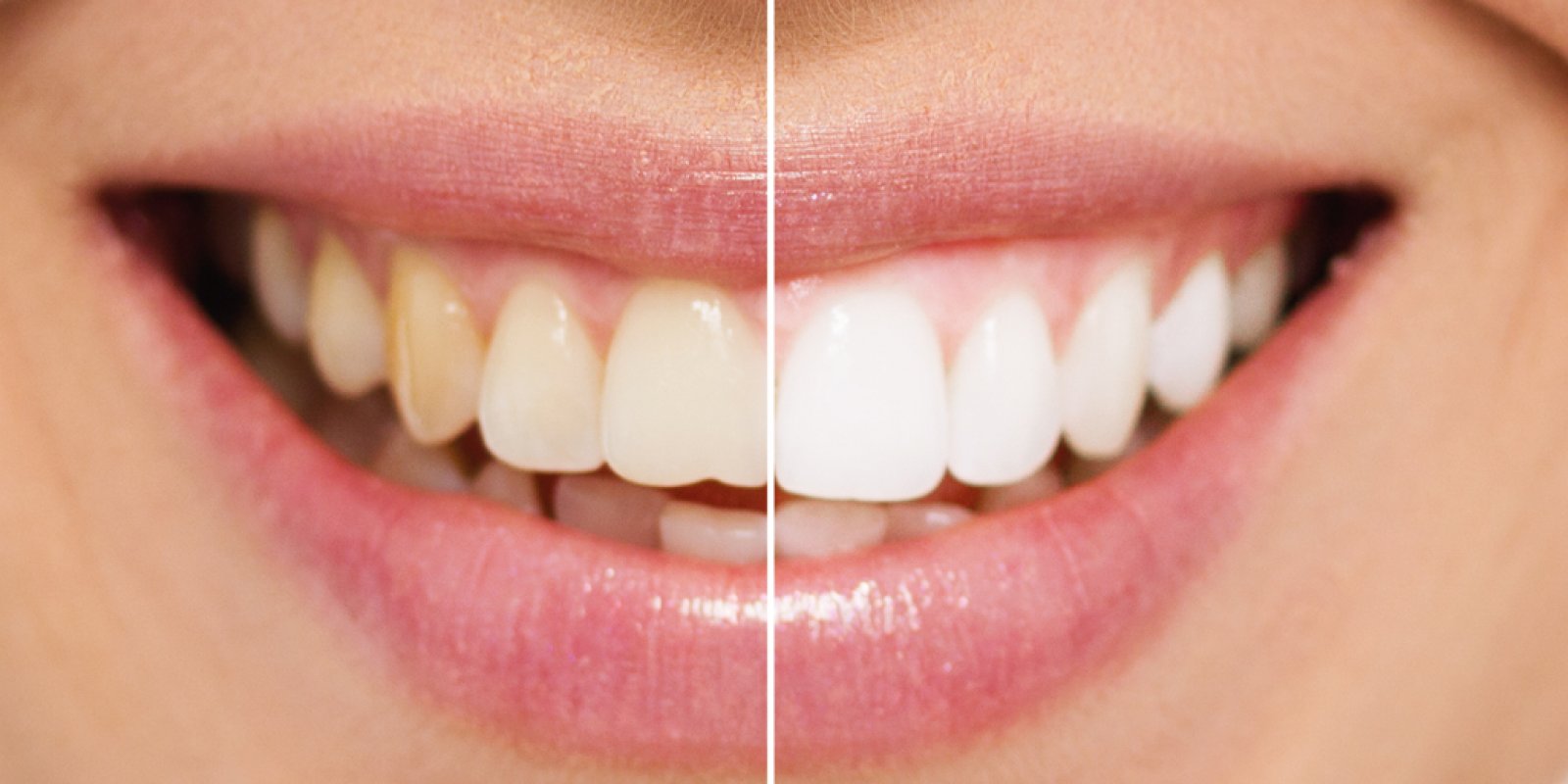DENTAID EXPERTISE
News for dentistry professionals
WHAT PROCEDURE DO YOU FOLLOW TO TREAT YOUR PATIENTS FOR TOOTH SENSITIVITY?
27 Aug 2015

Paloma Gómez de las Heras,
Dental Hygienist (Toledo)
When a dental hygienist suspects there to be tooth sensitivity, he/she sets out to determine the extent of progression, as there are resins and liquids that release fluoride to seal the dentinal tubules. If the problem is not too severe, it is advisable to use a specific toothpaste for sensitive teeth with a soft end-rounded [filament] toothbrush and to hold the toothbrush like a pencil in order to avoid pressing excessively hard. If a manual toothbrush is not used, it is always better to use sonic brushes, as they cause less abrasion.
It is also recommended to avoid eating highly acidic foods. Patient persistence and monitoring are essential for effective results from the products used. In this phase, I emphasize the importance of in-depth advice and instruction for any given consultation, as well as a follow-up visit through the communication channel used by patients.
Although it may seem pushy, it is important to monitor patients during the first few days of treatment to check and make sure that the appropriate steps for each case are indeed carried out. Patients tend to appreciate this monitoring, and the first results obtained provide a confirmation [of the results], so that the necessary corrections can be made for each case.
I would like to stress the importance of proper treatment follow-up, as in many cases, we have seen poor results due to patient misuse [of hygiene tools] or non-compliance. My advice is to use the communication tools available (landline, mobile telephone, text messaging, Whatsapp, email, etc.) appropriately and professionally, in order to be in constant communication with our patients, without great deal of effort.
Virginia Ballester,
Dental Hygienist (Barcelona)
When a patient comes into the clinic for a tartar removal or dental cleaning and reports tooth hypersensitivity, we explain to him/her the treatment that he/she should carry out at home with Desensin® repair mouthwash, toothpaste and gel, the latter applied to the areas of the enamel that are most affected by the dental hyperaesthesia.
We also perform follow-up visits on these patients approximately every six months to check their evolution. Sometimes, tooth cleaning is necessary, but other times it is not, as the treatment is already working properly.
And, in order to achieve the desired goals, we must always cater to the specific needs of each patient.
Dr. María Elena Díaz,
Dentist (Tenerife)
In order to determine the cause of sensitive teeth, the first thing we do is to evaluate the patient with all of the necessary tests. If the sensitivity is due to a cavity or to periodontal disease, all we have to do is treat these and the problem disappears.
However, when the cause has to do with other factors, such as loss of enamel from abrasion and erosion or gingival retraction leaving roots exposed, we subject the patient to in-office treatment with Desensin® clinic, which consists of applying a tray filled with this product for three to five minutes. Lastly, we recommend that they use Desensin® toothpaste and mouthwash, both containing nanorepair technology, at home.
Dr. Daniel Castilla,
Dentist (Cádiz)
Our procedures vary depending on each individual's reason for having sensitivity. First, we perform a clinical and radiological examination in search of dental or periodontal pathologies that might be causing the sensitivity. When pathologies are ruled out, a large percentage of sensitivity cases are due to gingival retraction with root exposure.
In these cases, we perform more conservative treatment. So, we usually give patients Desensin® clinic in fluoride trays for 2 minutes and then, we instruct them to continue with desensitising treatment at home with Desensin® repair toothpaste and mouthwash, although in some cases, we tell them to use the paste as a [topical] gel on areas where roots are exposed.
A very large number of these patients do not need any other type of treatment, as their symptoms tend to subside.
Lourdes Solsona,
Dental Hygienist (Albacete)
To begin with, among the most common causes that lead to tooth sensitivity, I would highlight the use of hard brushes, brushing too hard, bruxism, gingivitis, receding gums and eating foods and drinks that are either acidic or sugary.
Hygienists treat sensitivity based on preventive dentistry. There are specific products for sealing dentinal tubules - used in treatments for caries prevention - which reduce the brief and sharp or shooting pain caused by tooth sensitivity.
Depending on the cause of the patient's sensitivity, I like to use fluoride varnish or gel. If the sensitivity is due to gingivitis, we start with a cleaning. And then if we see that the patient has no gingival retraction, we apply Desensin® clinic, desensitising fluoride gel (12.300 ppm) in a tray for 60 seconds.
For home treatment, we recommend Desensin® repair toothpaste. If the tooth sensitivity is very sharp, we recommend reinforcing with Desensin® gel plus, as this quickly eliminates the pain when applied topically to the most sensitive areas.
RELATED ARTICLES

12 Apr 2021
How to prevent dental hypersensitivity
Having a clear idea of the following recommendations helps reduce cases of dental hypersensitivity. To prevent dental hypersensitivity, including…

29 Nov 2016
WHAT DO YOU ADVISE YOUR PATIENTS TO PREVENT DECAY?
Tooth decay is one of the most common dental disorders in Spain, affecting over 90% of the population. The recommendations offered at the dental…

13 Mar 2015
What products do you recommend your patients use at home to keep their teeth white?
Silvia Torices Revilla, Dental Hygienist (Palencia) Tooth whitening is a very simple treatment that we perform on a large number of patients at Dr…
Sign up for the DENTAID Expertise newsletter
Sign up for the newsletter